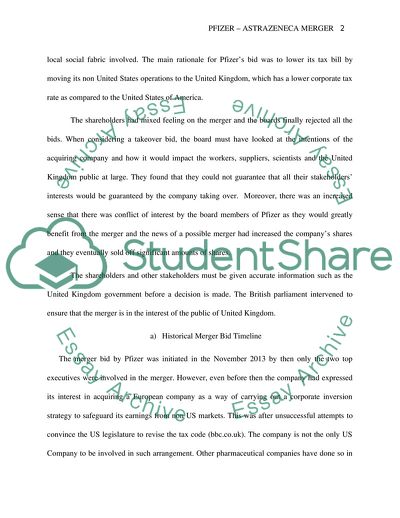Cite this document
(Advanced Corporate Finance Assignment Essay Example | Topics and Well Written Essays - 3000 words, n.d.)
Advanced Corporate Finance Assignment Essay Example | Topics and Well Written Essays - 3000 words. https://studentshare.org/finance-accounting/1845592-advanced-corporate-finance-assignment
Advanced Corporate Finance Assignment Essay Example | Topics and Well Written Essays - 3000 words. https://studentshare.org/finance-accounting/1845592-advanced-corporate-finance-assignment
(Advanced Corporate Finance Assignment Essay Example | Topics and Well Written Essays - 3000 Words)
Advanced Corporate Finance Assignment Essay Example | Topics and Well Written Essays - 3000 Words. https://studentshare.org/finance-accounting/1845592-advanced-corporate-finance-assignment.
Advanced Corporate Finance Assignment Essay Example | Topics and Well Written Essays - 3000 Words. https://studentshare.org/finance-accounting/1845592-advanced-corporate-finance-assignment.
“Advanced Corporate Finance Assignment Essay Example | Topics and Well Written Essays - 3000 Words”. https://studentshare.org/finance-accounting/1845592-advanced-corporate-finance-assignment.


